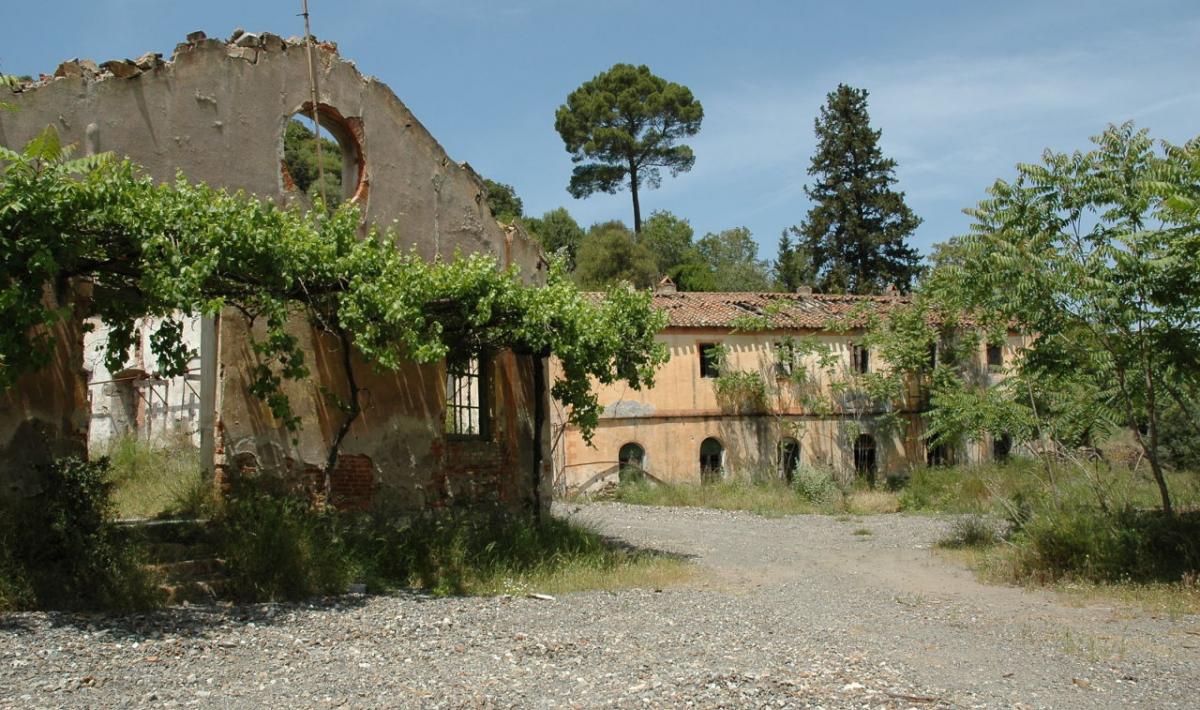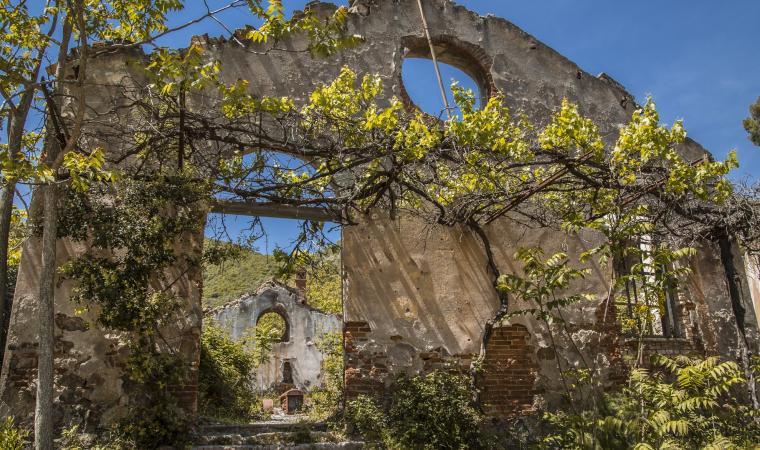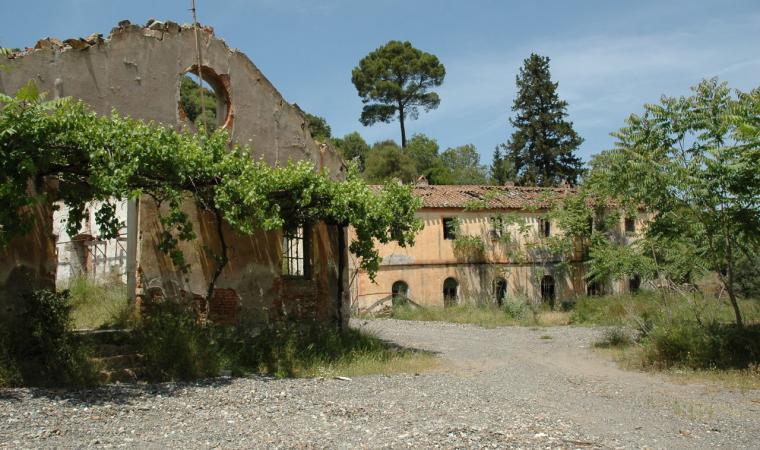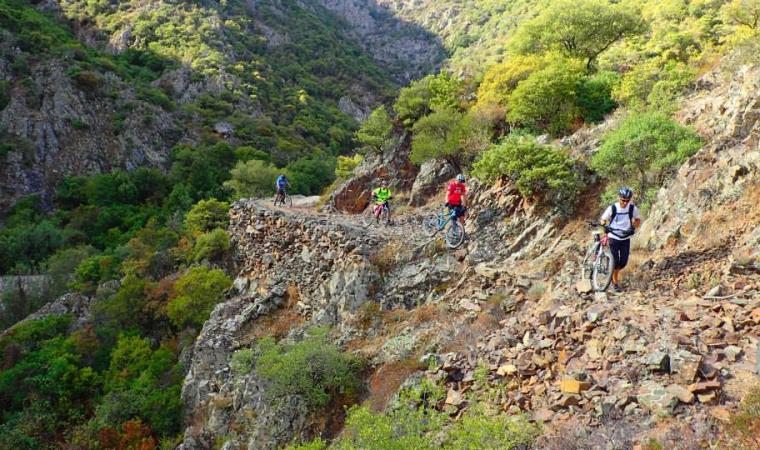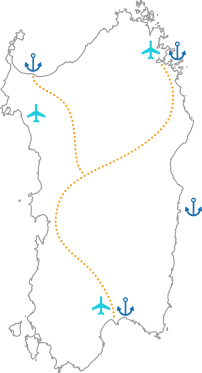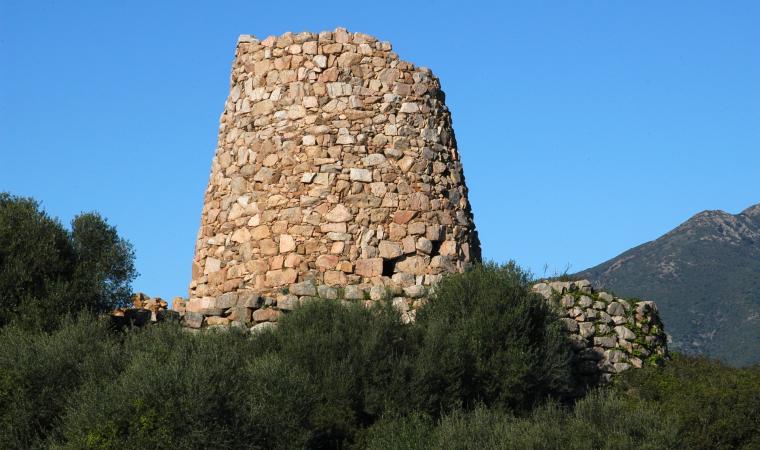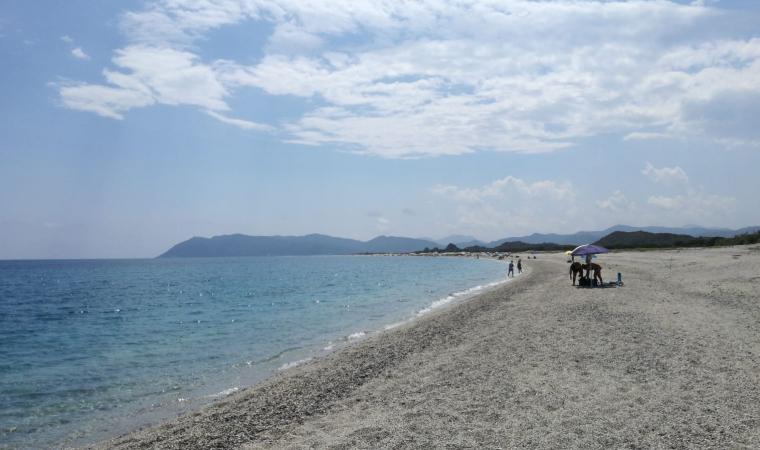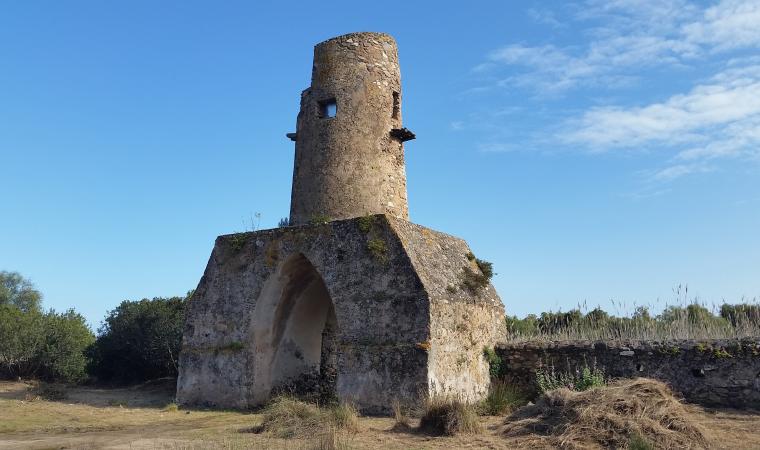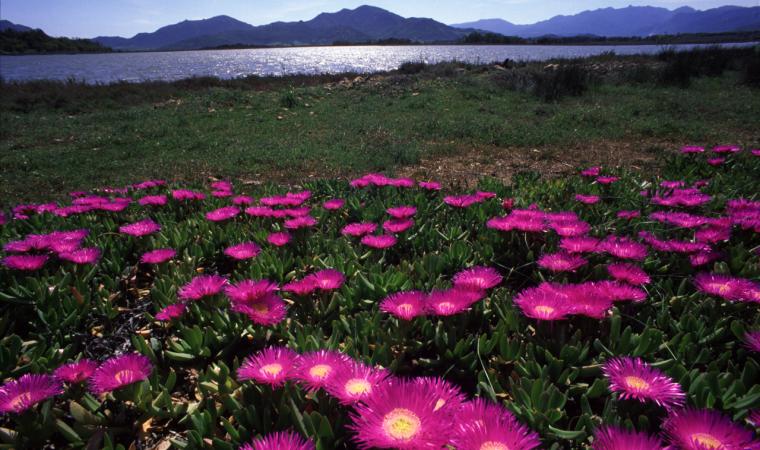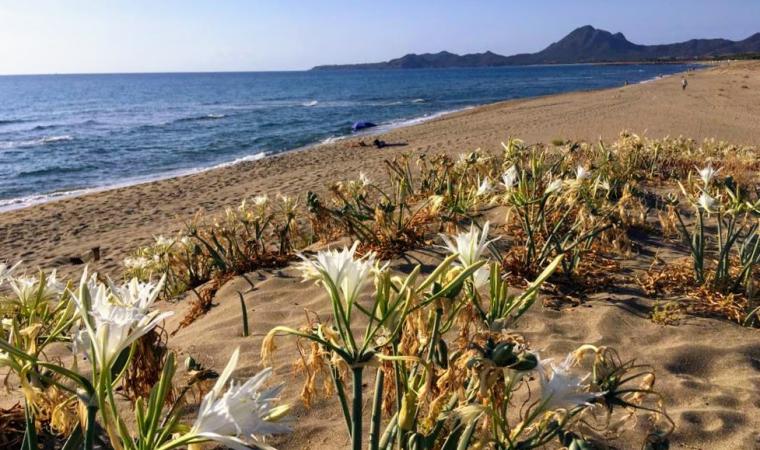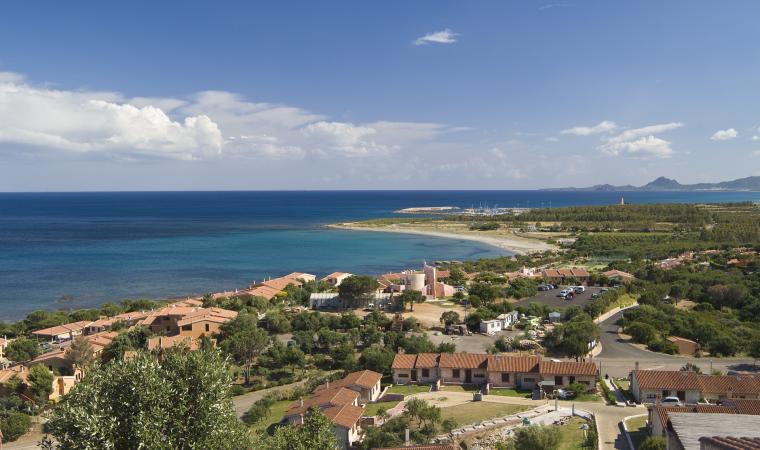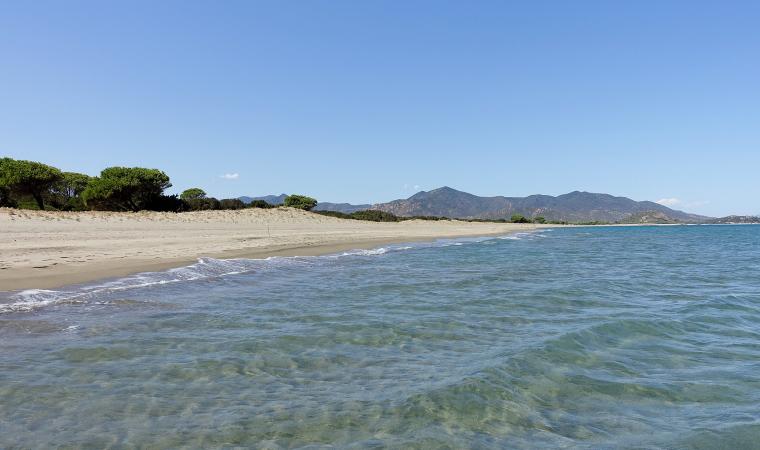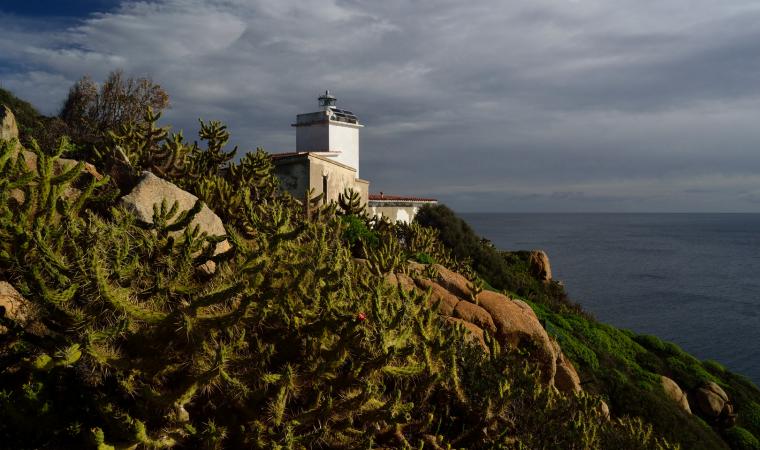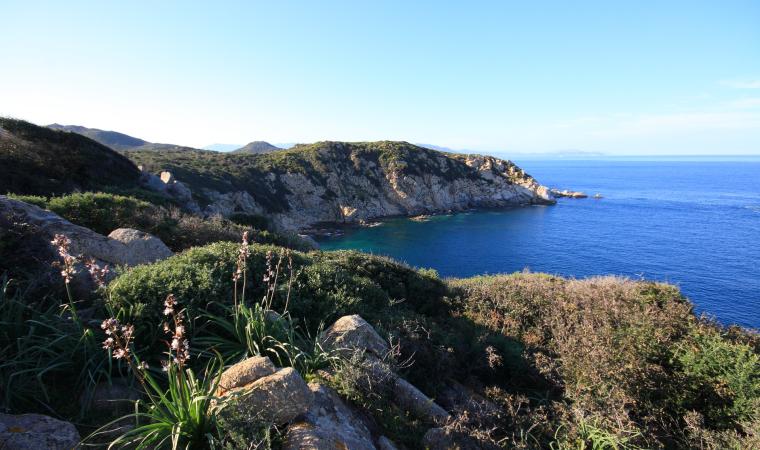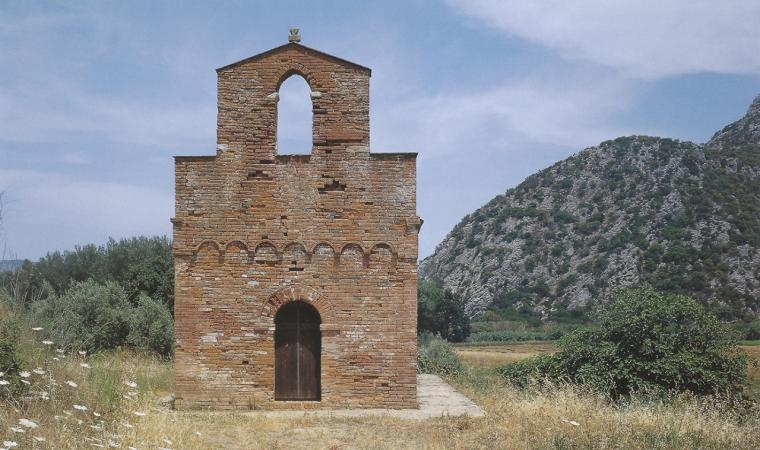A story of a few decades between the 19th and 20th centuries, that started and ended along with the historical mining period. In Monte Narba, there was a self-sufficient miniature town with all sorts of services: a small hospital, a grocery shop, a carpenter’s shop and mechanical workshop, telephone network and electricity - a luxury for the period. In the centre of the workers’ houses, the scene was dominated by Villa Madama, the home of the director’s family and headquarters of the administrative offices. Next to it, there was what was one of the richest and most productive silver mines in Italy at that time and a source of work for the entire Sarrabus region. Later on, during the mining crisis, the village became an agricultural holding and was then abandoned. Today, it is a ghost town a few kilometres from San Vito, a place for explorers embraced by silence and vegetation, which is slowly recovering its spaces and is a place hidden in the hills, slowly disappearing beneath the debris of the glorious past.
The first news of the deposit dates back to 1622. A succession of explorations took place in the century that followed, but it was thanks to the ‘Società Anonima Miniere di Lanusei', made up of Genoese entrepreneurs, concessionaire of the mine since 1864, that the exploitation of the mineral resources gained momentum. The mining village developed from that time. In the two-year period from 1881 to 1882, the ‘master’ well and the laundry were built. During the last decades of the 19th century, 14 levels of tunnels, up to 500 metres deep, were dug out and made usable. The network of tunnels, which extended over 18 kilometres, was explored daily by crowds of miners from all over Italy. Furthermore, a system of dams and canals prevented flooding, as Monte Narba is between two valleys, a critical location in the event of heavy rainfall. At the time, the plant reached its peak: over 900 workers worked there, extracting 1400 tons of silver and lead ore. The tunnels connected the nearby deposits of Baccu Arrodas, Giuanni Bonu and Masaloni, delimiting the most important stretch of the ‘Via dell’Argento’ (Silver Trail), the Sarrabus complex of about ten mines, today one of the sites of the Geominerary Park of Sardinia.
The village and the mining buildings gravitated around Villa Madama, designed by engineer Gian Battista Traverso, director during the mine’s period of maximum splendour. It was an elegant Art Nouveau building, with three floors and two entrances, one leading into a lush garden. On the façade, a wrought iron balcony was enclosed by two lateral bodies positioned further forward. Plenty of amenities, including a wood-burning boiler and a food cooler. Traces of the glorious past are still evident today: in the lunette above the entrance, you will see an iron monogram, displaying the letters 'SL' (Società Lanusei). Upstairs, the walls and ceiling are the most surprising with frescoes painted by an exceptional artist, a major in the Austro-Hungarian army held prisoner in Monte Narba during the Great War. In fact, in 1916, a group of Austrian soldiers was captured and sentenced to forced labour in the village, a perfect place of imprisonment, remote and inaccessible. A century of bad weather and decline has not affected the vivid colours of the paintings, which look freshly frescoed.
In the period after the First World War, production had entered a deep crisis, due to the impoverishment of the metal veins and the depreciation of silver due to the competition of Mexican mines. The activity changed hands between various companies. The last one was the Montevecchio mine, which renounced its concession in 1935 due to the economic inefficiency of the activities, decreeing its definitive closure. Then during its second life, an agricultural holding was established in the village, with warehouses and stables. In the end it was abandoned.
A trip to Monte Narba, dedicated to lovers of adventure and industrial archaeology, needs to be accompanied by expert guides and with the utmost caution. The route is moderately demanding with problematic paths: you need to make your way through shrubs and brambles, bottlenecks and height differences, in order to admire one of the most captivating ghost villages in Sardinia. All around is the splendid scenery of the forest area of Genna Argiolas, where trekking trails branch off amidst woods and torrents.

